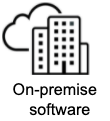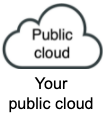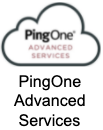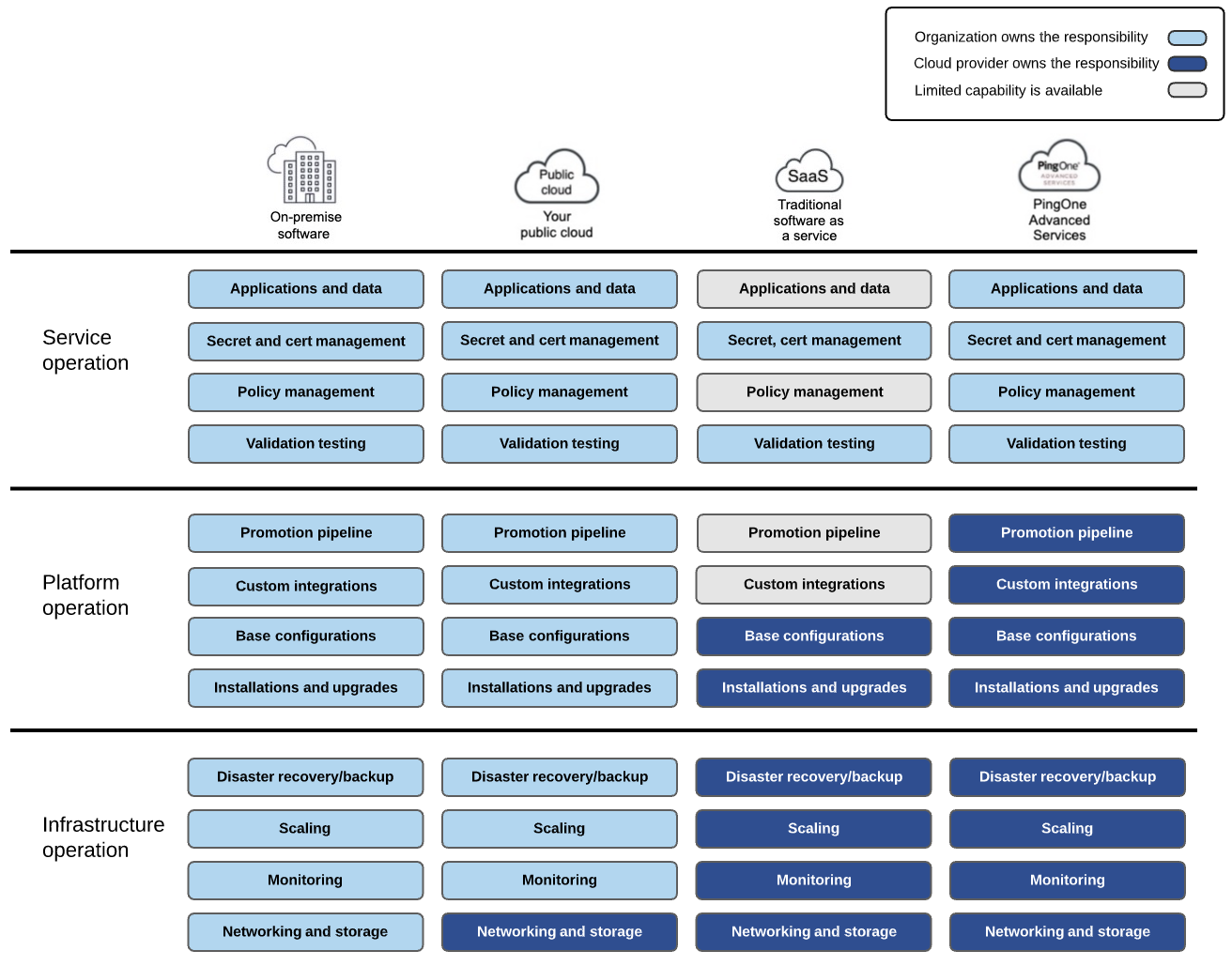Simplify identity management
To see how PingOne Advanced Services simplifies identity management, compare on-premise software management and other cloud-based services to PingOne Advanced Services.
Comparison overview
Use the following table to compare on-premise software, a public cloud, and traditional software as a service (SaaS) to PingOne Advanced Services.
|
For organizations in highly regulated industries, on-premise software stored on in-house servers might seem more secure than storing it elsewhere. However, your business leverages the cloud, your cloud provider is responsible for monitoring and managing your infrastructure and ensuring its security, which allows your IT team to focus on other priorities. It can also be expensive to manage and maintain an entire infrastructure, including in-house servers, hardware, software, licenses, integrations, and testing. When you add the cost of employing an IT workforce to support and maintain these systems, the cost of owning and maintaining on-premise hardware and software can greatly exceed the cost of working in the cloud. |
|
Most public cloud providers, such as Amazon, Microsoft, or Google, package their infrastructure and platform resources as part of a service, which are shared by all customers. The public cloud provider rents these resources on a pay-as-you-go basis. Not only does this make systems easily scalable, but organizations trade capital costs, such as those associated with physical servers and data centers, for variable expenses. However, your IT staff must be able to manage the public cloud infrastructure and ensure that the organization’s data, applications, and the servers on which the applications run are secure. Qualified cloud engineers and architects are becoming harder to find, and conventional data center manager jobs that require engineers to set up servers, maintain hardware uptime, and monitor data center power and temperature levels, are becoming less prevalent. |
|
SaaS is a way of delivering software applications to your users over the internet. With SaaS, your users access the cloud provider’s software on a subscription basis and never have to download, install, or upgrade applications. SaaS software resides on a remote cloud network and can be accessed through the internet or APIs. SaaS is also highly scalable and cost effective because you only pay for what you use. However, SaaS applications are a one-size-fits-all model and can lack the flexibility required in a highly customized environment. This model also requires that you share your data with your provider, so it’s important to understand the data security measures that the vendor uses, and the processes they follow to ensure your data is secure and backed up. |
|
With PingOne Advanced Services, organizations aren’t responsible for monitoring, managing, or maintaining their application platform and infrastructure. Ping Identity shoulders all of this responsibility, which allows IT departments to focus on configuring access policies to meet the needs of their businesses. PingOne Advanced Services is a cloud-based platform, so it is highly scalable, flexible, and cost effective, as you pay a fixed fee for this scalable service. You also have your own dedicated cloud environment that can be deployed in the data center of your choice. Not only will you meet regulatory requirements and cloud-first or cloud-only mandates, you’ll have a higher level of control over the software you use. |




